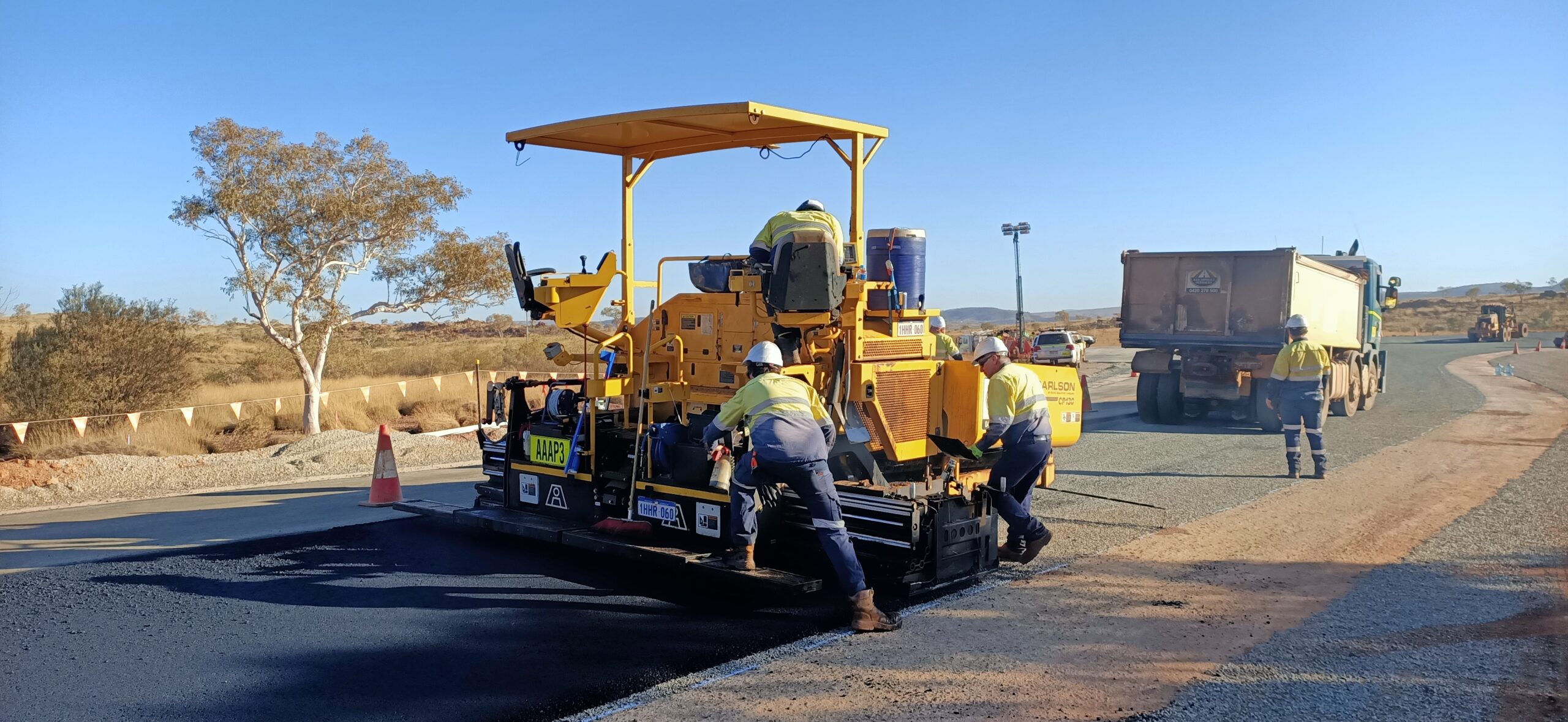What is Firmaroad SS-3?
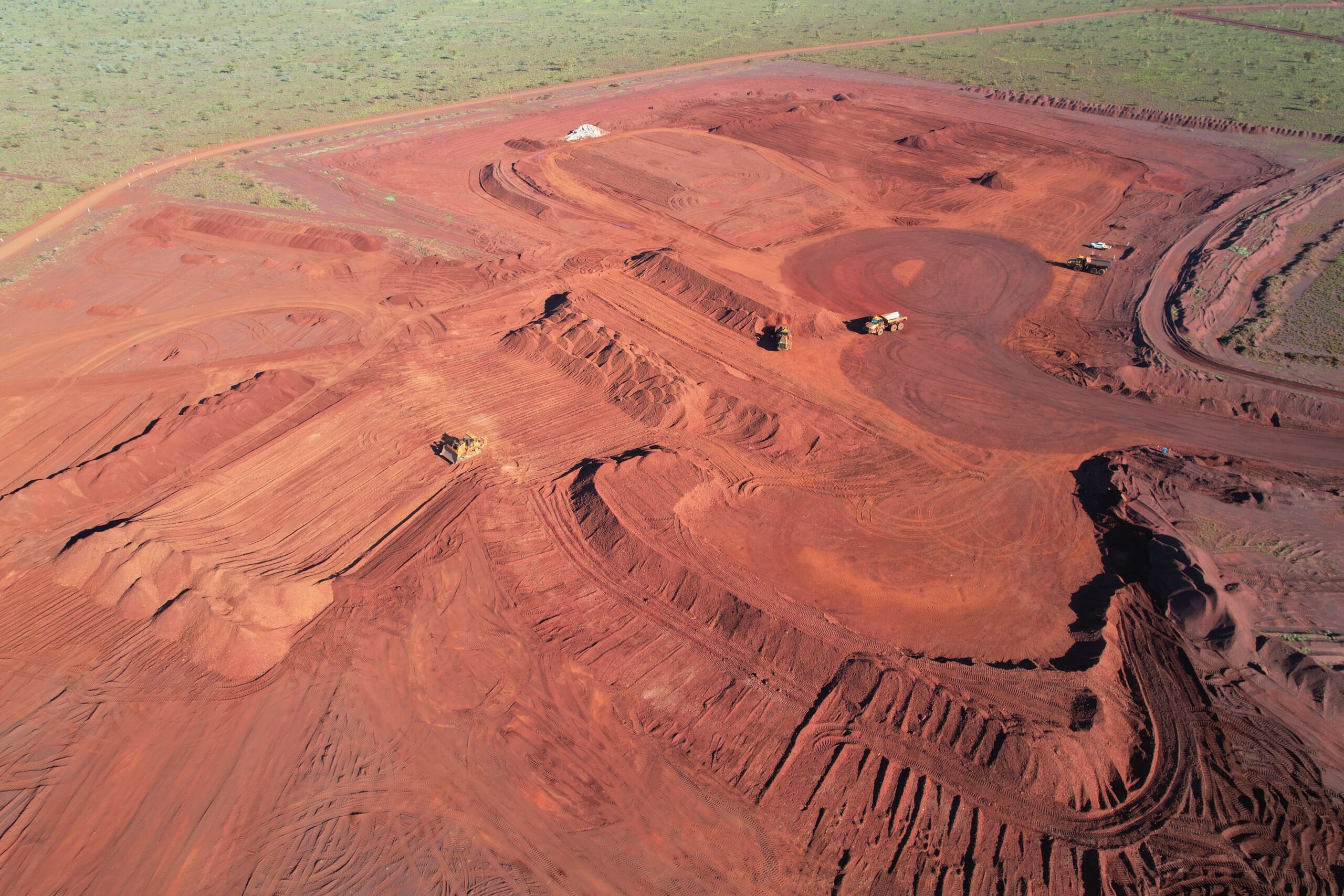
Firmaroad (M.O.E.)® SS-3 is a liquid soil stabilizing chemical devised to greatly improve road / pavement strengths. This technology has been trialled and proven for many years. While having some similar effects as a number of soil stabiliser products on the market our formula has proven to be very effective in combating the behavioral characteristics of “Clay Particles” which are often problematic in earthworks projects and pavements in general.
Firmaroad SS-3 is an environmentally friendly chemical which is simply diluted with water and does not require any sophisticated equipment to use. Work crews only need to add Firmaroad SS-3 to their water truck and continue work as usual to treat clay particles in the pavement which will improve, PAVEMENT STRENGTH, WATER RESISTANCE, SURFACE CONDITION, DUST PREVENTION AND REDUCE MAINTENANCE COSTS.
Firmaroad SS-3 targets only the clay fraction of the material it comes into contact with and once treated the clay particles no longer attract water and transform into useful fines which are essential binders in pavement aggregates.
Clay particles, once treated are transformed permanently and actually assist in strengthening pavements and other earthworks structures.
The clay no longer acts as problematic material which causes extensive damage, leading to expensive repairs in pavements.
Firmaroad SS-3 transforms undesired/rejected clay bearing material into useful pavement product reducing the need to import costly quarry products.
Product Supply and Safety Guide
Firmaroad SS-3 is supplied in 200 litre drums in accordance with the packaging requirements for Class 8 products. Our SDS and packaging complies with the requirements of the Australian Code for transport of Dangerous Goods by Road and Rail. (Can also be supplied in 1000lt IBC)
The UN Number for Firmaroad SS-3 stabilisation additive is 3264 and the Hazchem I.D. Code is 2X. A standard Hazchem 2X kit is required for spill absorption with sand or other non-combustible material. The Material Safety Data Sheet supplied with the product should be read by all users to become familiar with the product. The chemical is yellow/brown in appearance and is classified as Class Eight (8) Corrosive with a PH of >1. Note: In the interest of safety it is advisable to check the SDS of similar products not formulated in Australia to confirm the accuracy and honesty of their claims regarding non- hazardous ingredients and PH % etc.
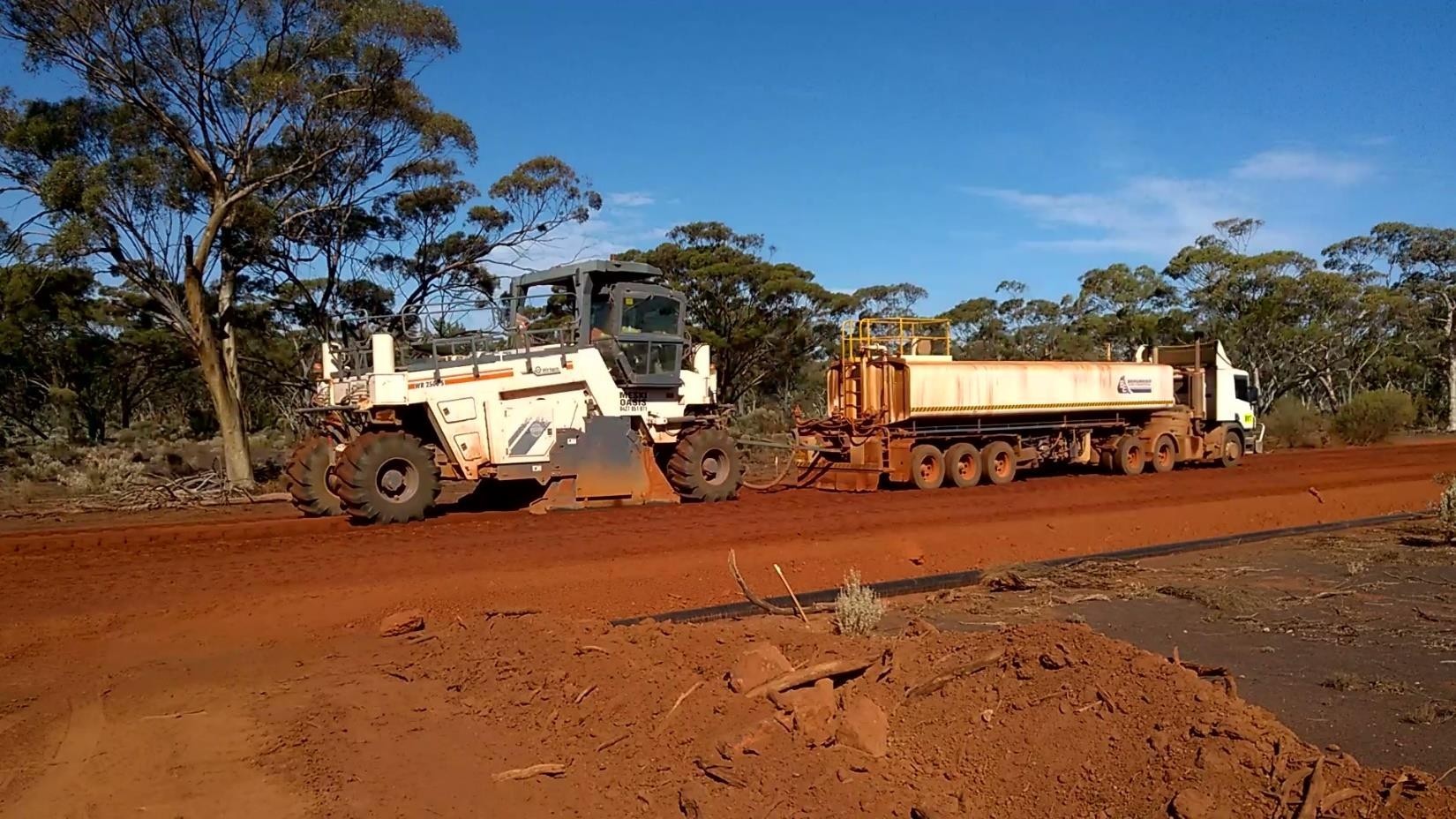

Firmaroad SS-3 Safety for Users/Non Toxic.
Minimum safety equipment required when using Firmaroad SS-3 when undiluted is rubber gloves, eye protection, protective footwear, and a standard face mask if in a confined area. Any skin contact should be treated immediately by washing the area thoroughly with water.
It is also required that contaminated clothing should be removed and washed in water without delay. Site supervision and/or training of first-time users of Firmaroad SS-3 is advised, however the product does not require any specialist handling for worksite use.
- is composed of complex, non-toxic mix of surfactant carriers, acids, and other additives
- is not flammable and has no applicable exposure limits.
- does not fume in its supplied condition but may fume if heated by other combustion sources.
- when diluted for use as directed the product proposes no threat to flora or fauna.
General User Information
FIRMAROAD SS-3 chemical stabilisation aid improves the quality of soil/gravel materials to make them more suitable for the construction of road pavements, air strips, rail formations, dams, and earthworks in general. The product is suited to material with a clay fraction of around 7 to 12% and above and a plasticity index of 10 to 35%. Changes are more evident in material with higher plasticity as the chemical quickly treats the clay particles contained within.
While it may be possible to stabilise poorly graded materials with a high % of plasticity, the pavement is likely to experience excessive shrinkage and cracking. Our chemical allows for the blending of materials which is useful to increase or decrease the PI prior to mixing. This flexibility helps in reducing the quantity of material to be removed while increasing the quality of in-situ products and reducing costs.
Our Product Information & User Guide provides more information.
The recommended dosage of Firmaroad SS-3 chemical, to most pavement/materials is 200ml per cubic meter (m3) of material. This equates to 40ml/m² per 200mm of pavement thickness. (Approximately 250mm loose/200mm compacted)
A 200-litre drum of Firmaroad SS-3 chemical will treat 5,000 m2 of pavement 200mm thick. EG. A road 5mt wide x 200mm deep x 1000mt long.Formula used for calculating the dosage of Firmaroad SS-3 chemical.
By volume:
- Length x width x depth = Volume of material: m3
- Volume x ml = Quantity of FIRMAROAD
Eg: By Volume of material
a) 400L x 7.5W x 0.200D = 600m³
b) 600 x 200lt = 120 litres of chemical required
By Area:
- Length x Width = Area of material (m2).
- Square meters x ml = quantity of FIRMAROAD chemical
Eg. A section 400 mt in length by 7.5 mt in width and 200mm deep using an application rate of 200ml/m³ (40ml /m2)
Eg: By Area:
a) 400L x 7.5W = 3,000m²
b) 3,000 x 040lt = 120 litres of chemical required.
Our product information and user guide provides more information.
The transfer of FIRMAROAD chemical from a drum to a water tanker may be done by decanting or pumping. If the pavement mixing is to be carried out with a stabiliser machine, simply add FIRMAROAD chemical to the water truck which is attached to the stabiliser machine.
Anyone involved in the transfer of concentrated chemical should wear protective eyeglasses/goggles, gloves, footwear, and a face mask if in a confined space. Please refer to the SDS.
FIRMAROAD chemical should be added to water truck and distributed over the material to be treated while reaching approximately 85-90% of the recommended moisture required for that material. Use plain water to bring the moisture up to the optimum required.
This will ensure the full dose of FIRMAROAD is applied to the mix and it will quickly disperse through the material as you work in the remaining water.
Upon being added, the chemical immediately disperses throughout the water tank. When being applied to the soil the diluted solution poses no hazard to personnel or equipment.
Flushing of all equipment with plain water is required at the conclusion of work as per standard maintenance procedures.
Our product information and user guide provides more information.
Preparation Of In-Situ Subgrade To Be Treated
After removing any topsoils, sticks etc. the material should be ripped/scarified if required and blade mixed with a grader. While not strictly necessary, the use of a stabilising machine such as a Wirtgen/Bomag etc. will ensure an even consistent mix of the materials.
If blending materials prior to mixing, we suggest the imported materials be partially mixed into the existing material before adding the chemical and then mixing completely. If using a stabilising machine this may not be necessary as the machine will thoroughly mix the gravel and add the water/chemical, all at once.
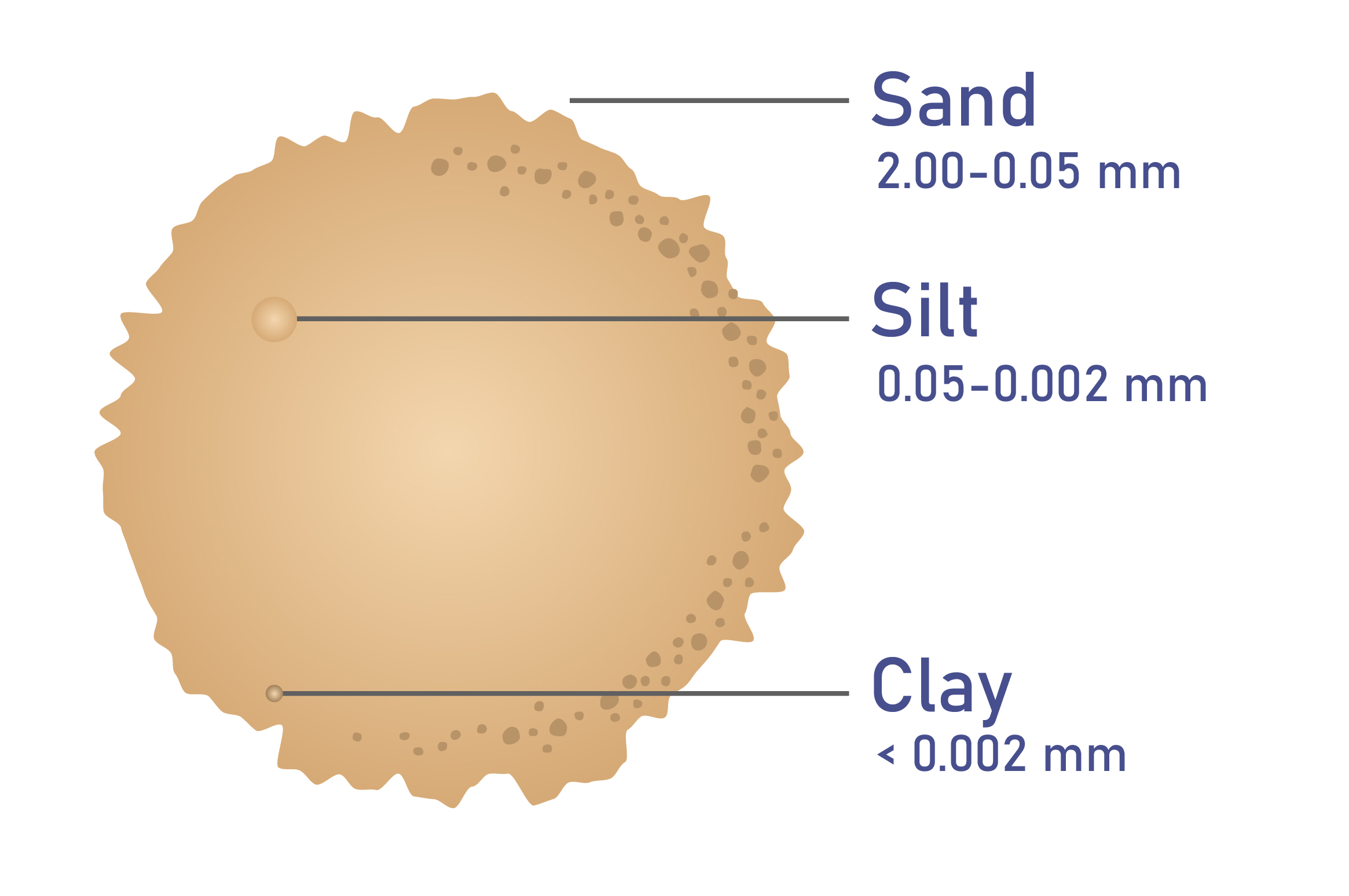
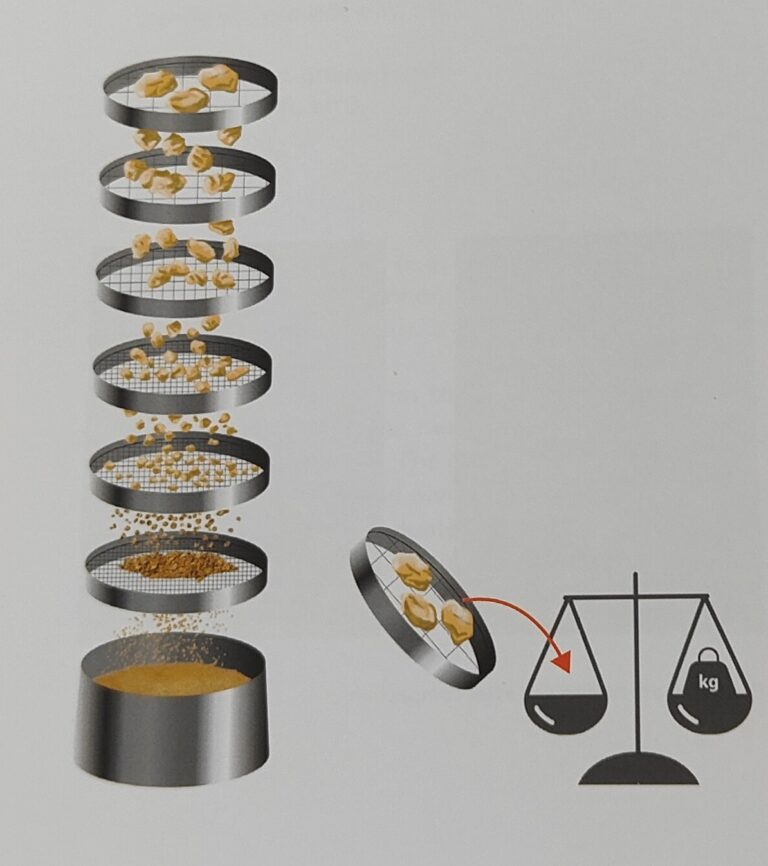
Economical and easy to use.
200 lt will treat 1000 m3 of material
Simply add to water and begin to work
More Advantages
Better Production
Firmaroad (M.O.E.)®Chemical soil stabiliser is an ionic soil treatment which produces significant changes to the behavior of clay particles.

When Can the road be used?
Curing Period
Firmaroad SS-3 chemically treated pavements can be opened to traffic within hours of completion in most cases, however the material will continue to return increased CBR readings for up to four weeks. Due to the high density of the treated material in the newly compacted road it may take a little longer to dry back than an untreated pavement. We recommend light sprays of water during the curing process.
Sealing With Bitumen Or Asphalt
Chip Seal is an Australian development now adopted by many countries globally. It replaces asphalt with an inexpensive and durable wear course which has achieved pavement life of more than 20 years in many cases.
It is well suited for sealing rural roads where traffic is less dense.
